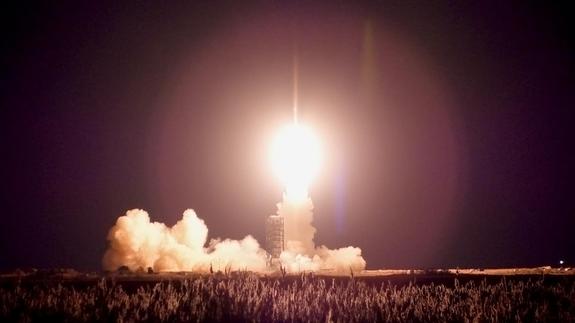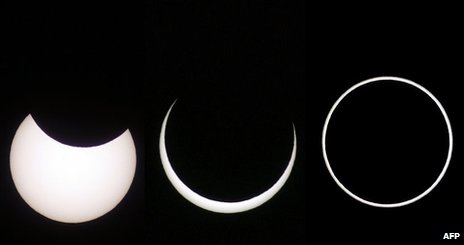Construction workers keep accidentally turning up important archaeological finds all over the world just by digging. One minute it’s just a shovelful of dirt and crud; the next you have a priceless artifact.
Just this year:
- February: While building a road in California, workers stumbled across the bones of a new species of whale.
- March: A medieval knight’s tomb (gravestone pictured above) was found under a parking lot in Scotland.
- March: Construction workers discovered an enormous mass grave from the Black Plague while working on a railroad in London.
- May: A 1,300-year-old Roman cemetery was discovered under a parking lot in Leicester, England.
- October: A Viking parliament was found under another parking lot in Scotland.
Discoveries like this happen several times a year nowadays. We’re just beginning to wake up to what’s right under our noses.
Paul Mullins has some great insights on the contrast between the banality of parking lots and the excitement of discovery: What seems ordinary in one age becomes a priceless artifact in another. “There is a story to be told in all of these non-descript parking lots,” he says. “In the end it is not as banal as it might seem on first glance.”
The explosion of new discoveries goes beyond archaeology, too. For example: We’re just starting to realize how common meteor strikes are. We know that shooting stars happen every night, but only recently have scientists realized that 60 meteors have detonated in midair air since 1990 with enough force to register on devices meant to listen for nuclear bomb explosions. They usually go unnoticed at the time, happening over unpopulated areas.
The Guardian Newspaper collected records of every meteorite strike recorded since 861 AD and made this awesome animation from it. (And a global map). You can see that it’s only in the recent past that mankind has begun to notice and remember these things.
We’re living in a miraculous age.






